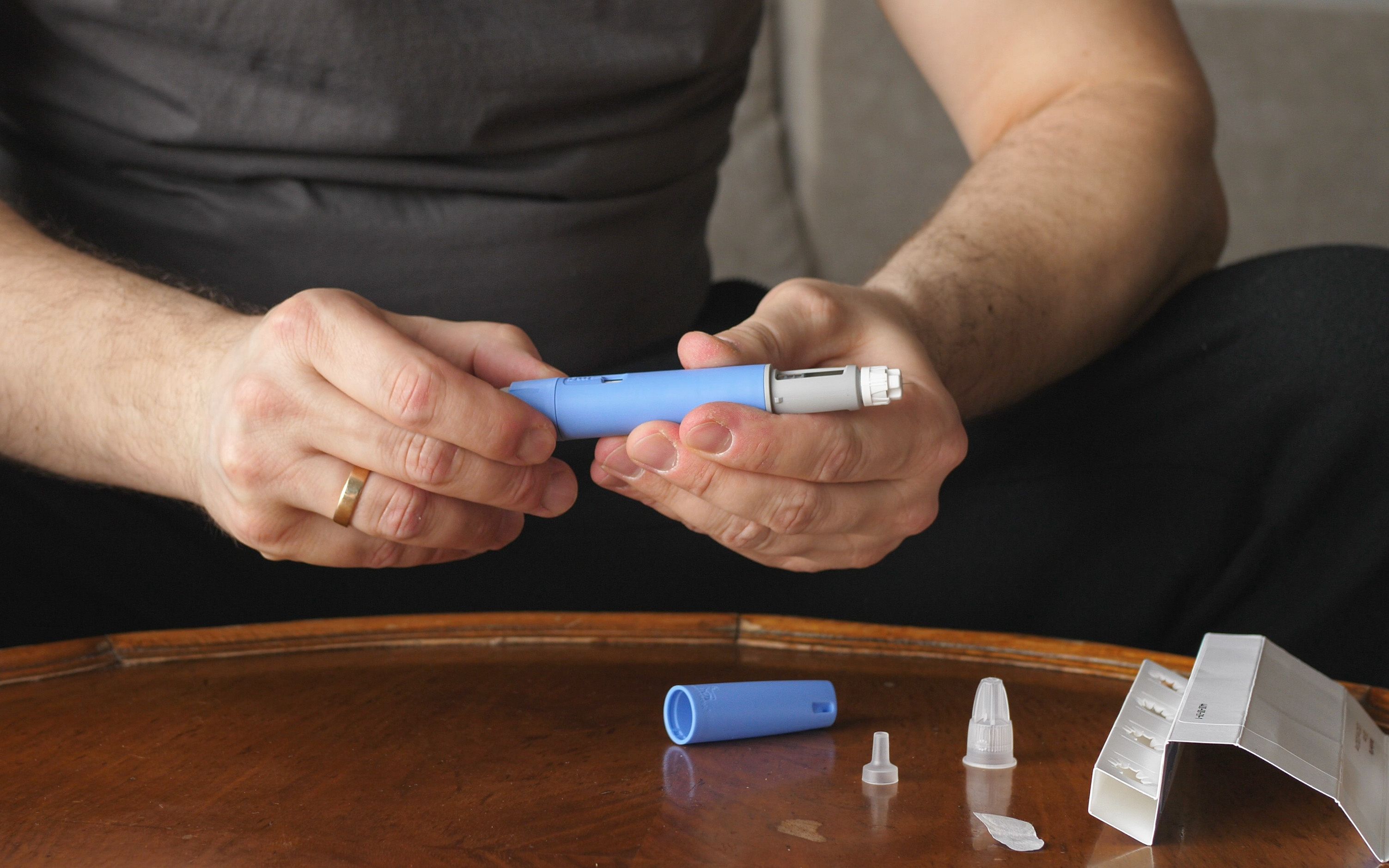- Case-Based Roundtable
- General Dermatology
- Eczema
- Chronic Hand Eczema
- Alopecia
- Aesthetics
- Vitiligo
- COVID-19
- Actinic Keratosis
- Precision Medicine and Biologics
- Rare Disease
- Wound Care
- Rosacea
- Psoriasis
- Psoriatic Arthritis
- Atopic Dermatitis
- Melasma
- NP and PA
- Skin Cancer
- Hidradenitis Suppurativa
- Drug Watch
- Pigmentary Disorders
- Acne
- Pediatric Dermatology
- Practice Management
- Prurigo Nodularis
- Buy-and-Bill
Article
Botox dosing, techniques refined to target individual
San Diego — For cosmetic facial problems, Botox (botulinum toxin A, Allergan) is no longer a stand-alone, one-size-fits-all treatment. Increasingly, doctors are modifying doses based on individual patient needs and combining Botox with soft tissue fillers.

At the same time, who should be administering such treatments in the first place has become a critical issue.
"There are aestheticians on every corner who are injecting Botox," notes Alastair Carruthers, M.D., clinical professor of dermatology, University of British Columbia. "But a number of lessons have come out of the Florida catastrophe that happened in November. Here was a de-licensed osteopath (practicing) in an area he really didn't know anything about, and managing to produce a disaster."
Administering Botox might look easy, but Dr. Carruthers emphasizes that it requires both an aesthetic sense and a comprehensive knowledge of underlying anatomy.
"While non-aesthetically trained physicians, nurses and aestheticians can produce a moderately good result most of the time, if one is serious about using Botox in the best way possible, then one must be a properly licensed, aesthetically trained physician. I define that as someone who is board certified or the equivalent in dermatology, plastic surgery, ophthalmology, facial plastic surgery or perhaps maxillofacial surgery, or certified by the American Board of Cosmetic Surgery," Dr. Carruthers said at the American Academy of Cosmetic Surgery annual meeting.
Meeting these qualifications is just a start, however. He also strongly recommends getting hands-on training and observing procedures done live.
"A video isn't enough," he says.
Unapproved, unlicensed substitutes for Botox also have been making news.
However, Dr. Carruthers says, "Botox has been the North American standard in the cosmetic area since my wife, Jean, and I started talking about it in 1991. The only competition (approved by the U.S. Food and Drug Administration) in the neurotoxin market has been Myobloc (botulinum toxin B, Solstice Neurosciences). However, we could not make BTX-B work as well as A. In particular, we couldn't get anywhere near the duration. And duration is very important to the consumer."
In the works Down the road, Dysport (botulinum toxin A, Ipsen) likely will receive FDA approval in two to three years. Assuming this occurs, the product will be marketed in North America as Reloxin by Inamed.
"Dysport has been around almost as long as Botox," Dr. Carruthers says. However, the two products work differently.
"For some reason, the units are different. It's not clear exactly how many Dysport units are the same as one Botox unit. It's somewhere in the range of two to five units of Dysport. Exactly where is being argued," he says.
The answer to this question will have a crucial impact on what price doctors and their patients ultimately will pay for Reloxin.
Dr. Carruthers says, "I suspect it will be priced at about four units of Dysport to one Botox, with (its maker) contending 2.5 to three units perform equivalently to one unit of Botox. However, the evidence that I have seen makes it look like it's closer to four units of Dysport."
As for Dysport's safety record, it's excellent. Safety results in its pivotal study likely will exceed those found in the pivotal study of Botox, mainly because the latter product went through some trial and error as the first product of its type.





